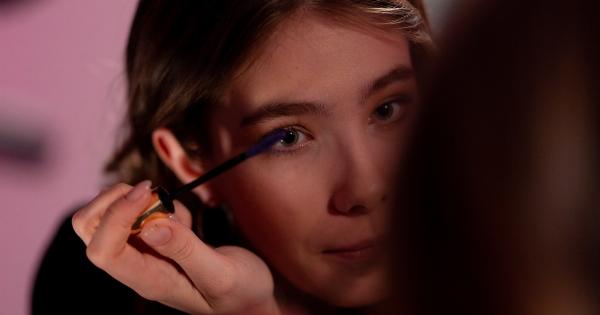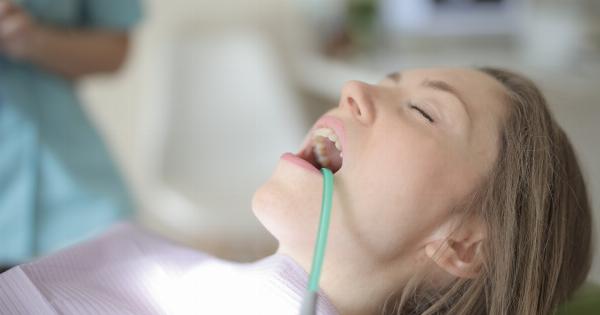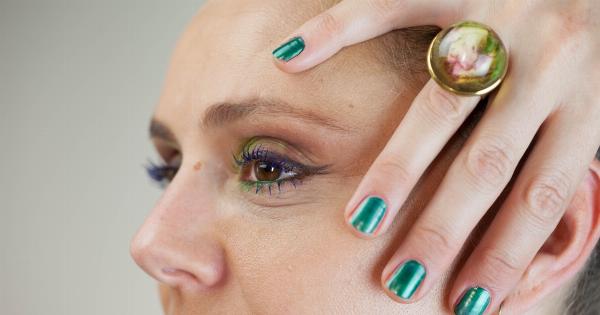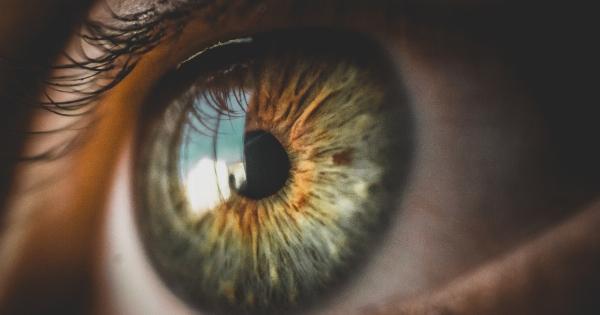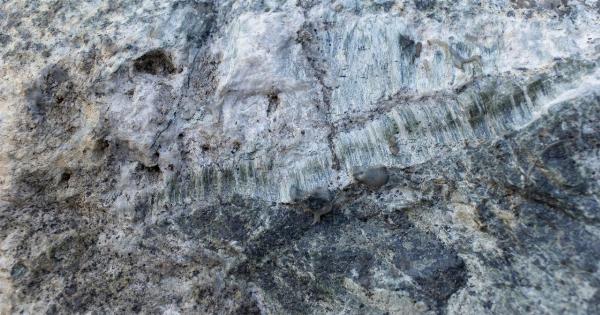Eye barley, also known as a stye, is a common eye condition that occurs when an oil gland in the eyelid becomes infected. Eye barley usually appears as a small, red bump that is painful to touch.
It can occur on the inside or outside of the eyelid and in most cases, it will go away on its own within a few days or weeks.
Causes of Eye Barley
Eye barley is caused by the Staphylococcus bacteria, which can infect the oil glands in the eyelid. The bacteria can be spread by touching your eyes with unwashed hands or by rubbing your eyes with dirty fingers.
Other risk factors that can increase your chances of developing a stye include:.
- Having a history of eye styes
- Using old or expired cosmetics
- Wearing contact lenses that are not properly cleaned or disinfected
- Having blepharitis, a condition that causes inflammation of the eyelids
- Suffering from an immune system disorder
Symptoms of Eye Barley
The symptoms of eye barley include:.
- A red bump on the eyelid
- Swelling in the affected area
- Pain or tenderness when touched
- Crusting of the eyelid
- Watery eyes
- Sensitivity to light
Treatments for Eye Barley
In most cases, eye barley will go away on its own within a week or two. However, there are several treatments that can help to speed up the healing process and relieve the symptoms:.
- Warm compresses: place a warm, damp compress on the affected eye for 10-15 minutes, several times a day. The warmth can help to reduce swelling and increase circulation to the area, promoting healing.
- Clean the affected area: using a clean washcloth, gently clean the affected area to remove any crusting or discharge. Be sure to wash your hands thoroughly before and after cleaning your eye.
- Over-the-counter pain relievers: you can take pain relievers such as ibuprofen or acetaminophen to help relieve pain and reduce inflammation.
- Antibiotics: if your eye barley is severe, your doctor may prescribe antibiotics to treat the infection and prevent it from spreading.
- Surgery: in rare cases, surgery may be necessary to drain the barley if it does not go away on its own.
Preventing Eye Barley
There are several things you can do to reduce your risk of developing eye barley:.
- Wash your hands regularly, especially before touching your eyes
- Remove eye makeup before going to bed
- Replace old or expired cosmetics
- Clean and disinfect your contact lenses properly
- Avoid rubbing your eyes with dirty fingers
- Seek treatment for blepharitis or other eye conditions
When to See a Doctor
In most cases, eye barley will go away on its own without treatment. However, you should see a doctor if:.

